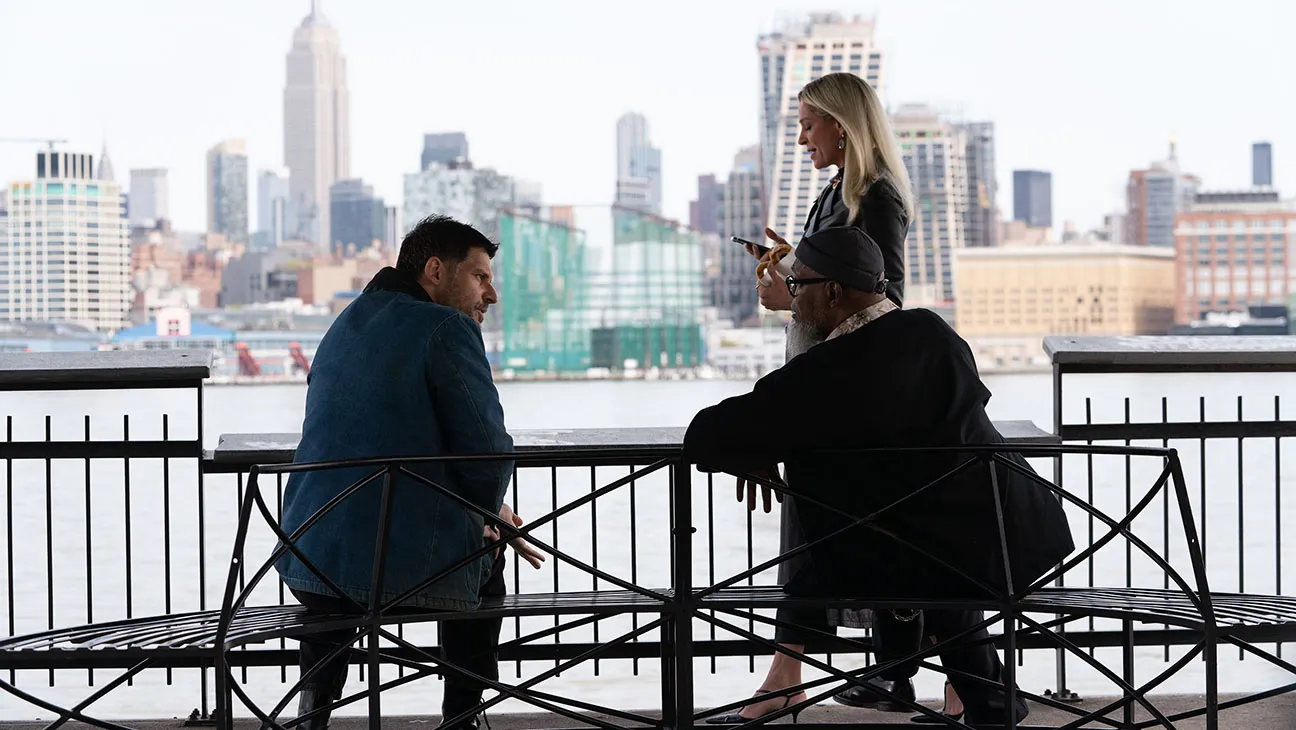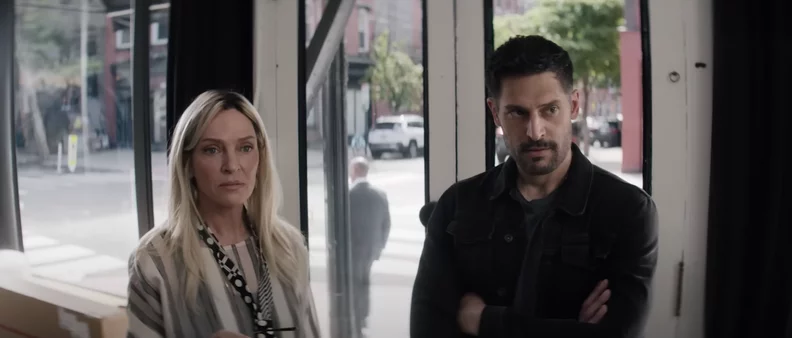
Director Nicol Paone reunites Academy Award nominees Uma Thurman and Samuel L. Jackson on screen for the first time in three decades in The Kill Room from Shout Studios. Jonathan Jacobson pens the film's screenplay. Reggie(Joe Manganiello) is a hitman employed by Gordon (Jackson), who is becoming somewhat disillusioned with life.
Meanwhile, Patrice (Thurman) finds herself in a challenging situation as she grapples with her waning influence in the art world. Her gallery is experiencing a decline in popularity, struggling to generate buzz for the artists it represents. As a result, Patrice is facing financial losses and resorting to drugs as escapism. Fortunately, intern Leslie (Amy Keum) is stepping up and diligently ensuring the continuity of the business. However, this precarious state of affairs jeopardizes the loyalty of painters like Grace (Maya Hawke), who is contemplating leaving the gallery.
A mutual associate brings Patrice and Gordon together when the latter has an idea for a money laundering scheme. The grift involves using art as a means to facilitate financial transactions. Gordon enlists the services of Reggie to produce paintings for Patrice. Reggie gains quick fame in the avant-garde art scene with his unconventional and sinister methods, using the alias "The Bag Man." This draws attention from potential buyers and the art world, putting Patrice in a compromising situation where she must balance the competing interests of both worlds, including the criminal underworld.

I have to admit that from the initial trailers, I honestly thought The Kill Room would take an approach with Thurman and Jackson's characters as part of the same team and later recruit Joe Manganiello. So, I was surprised that wasn't the case. The huge selling point for the film is essentially the reunion of Uma and Samuel L. While they have some excellent scenes, for the most part, The Kill Room doesn't bring the concepts it presents together. While Jackson brings a much-needed charisma to the film, his character mysteriously disappears for extended periods. Thurman is good, though.
As for Manganiello, Reggie isn't a hitman by choice, but aside from a few lines on why he's in the situation, the script mistakenly avoids the hitman with a heart trope. Although their job is to murder for money, the audience is encouraged to sympathize with the characters, and Manganiello has the chops to pull that off. Here, he is wasted with his arc, coming off as a lunkhead brute.
It's strange that the filmmakers behind The Kill Room didn't explore the fascinating world of art more in their movie. Instead, they relied on forced attempts at humor in the dialogue that failed to create any emotional connection to the paintings or their creators. The exaggerated supporting characters and forced ending also made it difficult to tie together the multiple subplots into a coherent plot. While the initial setup was intriguing, the conclusion left something to be desired.
Final Grade : C-
The Kill Room is theaters now